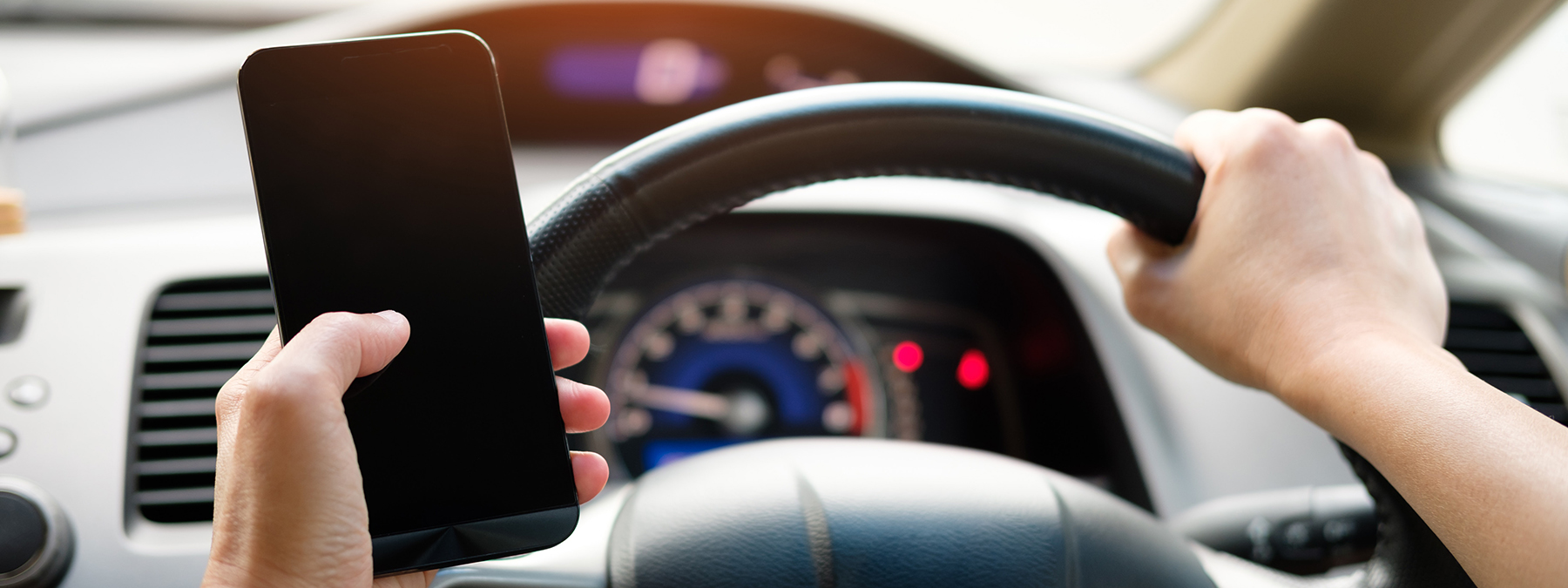Given our busy lives, there seems to be a constant temptation to tackle multiple tasks at once. However, when you’re behind the wheel you should certainly be focused solely on the road. Unfortunately, statistics show this rule is rarely followed, with the NZTA stating that in 2018 alone distraction was a factor in 1,123 crashes, 12 of which were fatal.
Attempts to address this growing problem with legislation and advertising campaigns have proven to be largely ineffective in changing driver behaviour. However, the emergence of distraction reduction technology is a promising modern solution that may have the potential to change the way we approach driving.
Here are three technologies that could help reduce the risk of distraction on your journeys.
1. Do not disturb driving applications
The pressure to constantly stay in touch with our loved ones and colleagues in today’s connected world is one of the most common and fatal distractions for drivers on our roads. In an effort to address this issue, software developers have produced a number of applications that offer the ability to block incoming calls and notifications when a vehicle is in motion.
Some apps – such as Drivesafe.ly and Drivemode – are able to read text messages aloud to the driver. Others, like the popular driving mode on Apple’s iOS 11, send automatic text replies stating that the phone’s owner is driving and unable to reply.
One app that promises to reduce distracting behaviour in youth drivers is DriveSafe Mode. This app gives parents the ability to track their child’s phone usage while driving. Parents can even sync their phones with their child’s to receive notifications whenever they open a mobile app while driving.
These are just a few of the applications which offer similar distraction reduction capabilities, with a variety of options available on Android, IOS, and other mobile devices.
2. Vehicle sensor technology
In a perfect world, we would all be able to stay completely focused throughout our time at the wheel. However, human error dictates that occasional lapses in concentration are inevitable. For this reason, manufacturers have started incorporating high-tech safety sensors in modern vehicles. These features are able to correct driving in a number of potentially dangerous situations.
Forward-Collision Warning (FCW) technology uses inbuilt sensors to give drivers a visual or audible warning of an impending collision. This warning gives drivers an invaluable prompt if they have a temporary lapse in concentration. Consumer Reports says that FCW is associated with a 27% reduction in rear-end crashes for vehicles that have this feature.
Other potentially life-saving sensor features in moments of distraction include Lane Departure Warning (LDW) and Adaptive Lighting technology. LDW is a system that warns drivers when their vehicle is crossing lane markings without using their turning signal, while adaptive lighting is a night driving feature that senses oncoming cars and turns your vehicle’s headlights onto low beam automatically. This reduces the visual distraction of bright high beam headlights.
3. Automatic emergency braking technology
Automatic Emergency Braking (AEB) is a system that senses potential vehicle collisions and applies the brakes if the driver is too slow to react. This can provide life-saving seconds to prevent a crash or at least minimise the damage and risk of injury. The effectiveness of this system is highlighted by the fact that the Australasian New Car Assessment Programme (ANCAP) will not give a car a five-star safety rating unless it includes an AEB system.
Newer AEB technology is able to sense pedestrians and automatically apply emergency braking when a collision is imminent. This technology generally uses forward-facing cameras and radar sensors to identify pedestrian hazards.
The ability to automatically sense pedestrians and adjust speed accordingly is especially important today, as it is not only drivers who are easily distracted but also pedestrians focused on their phones.
